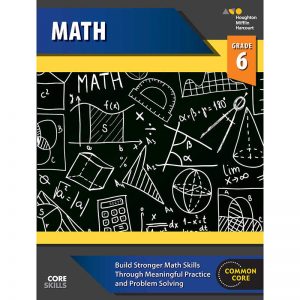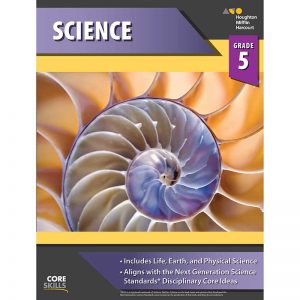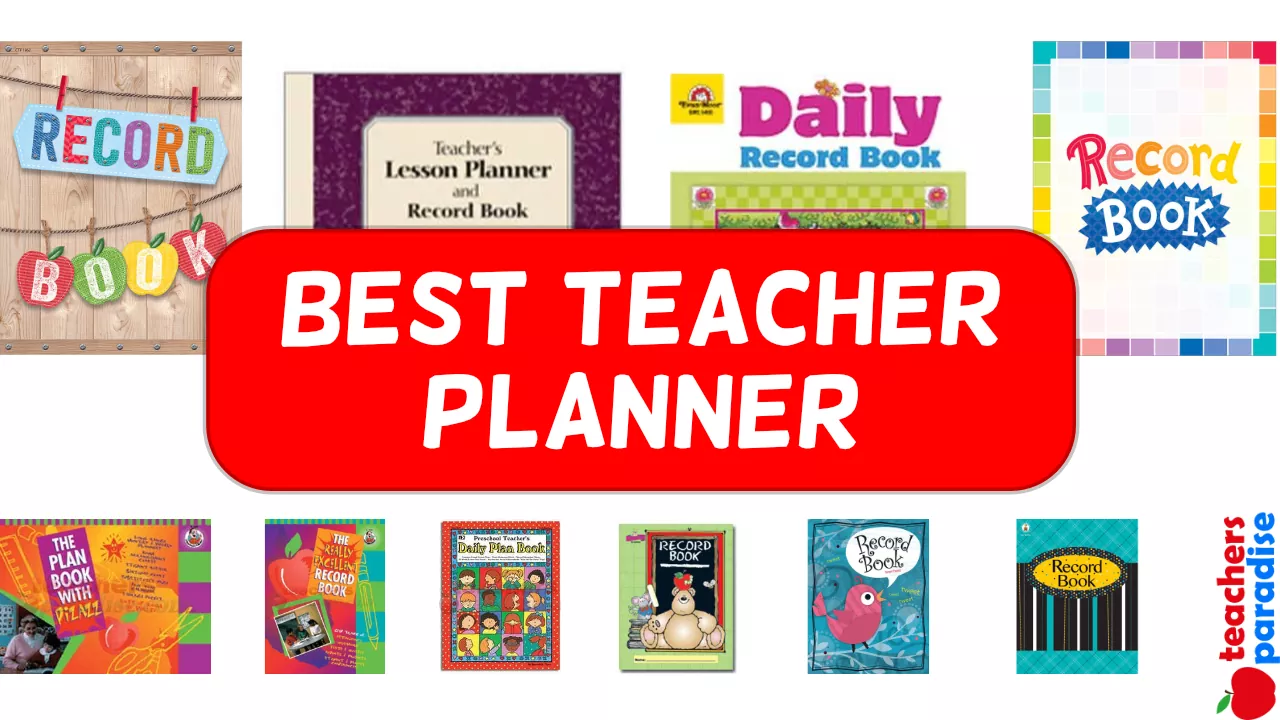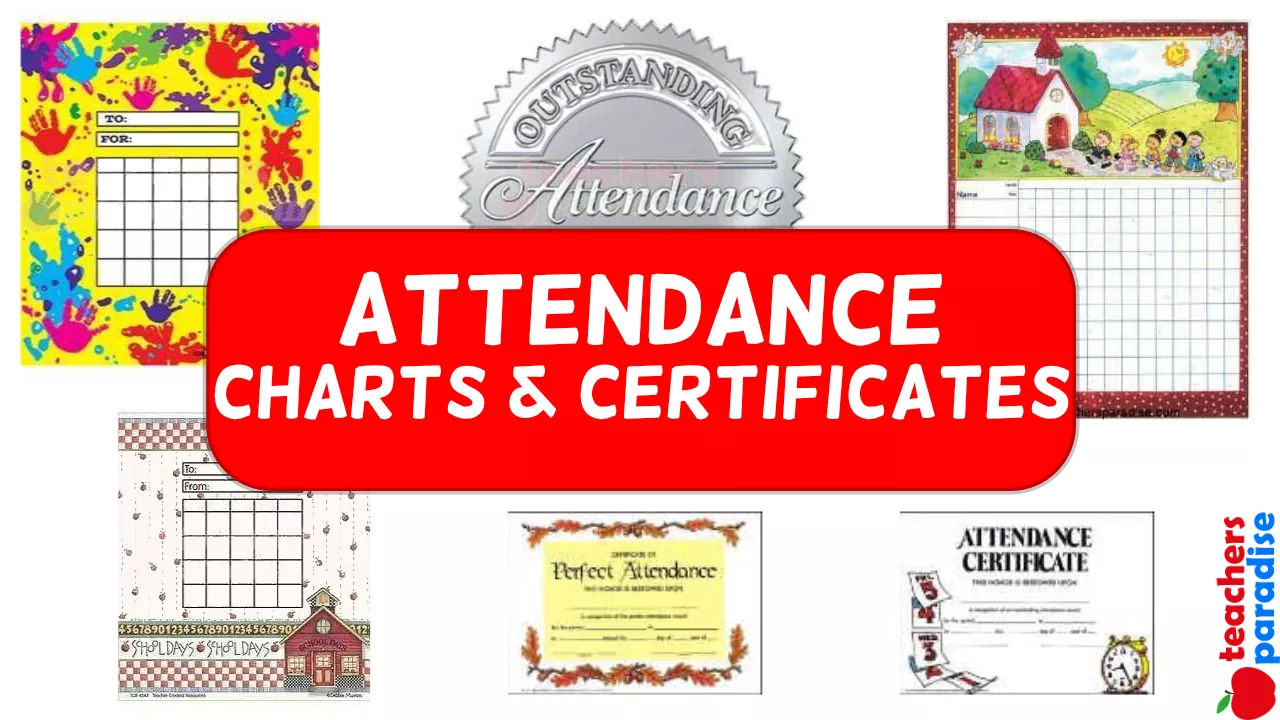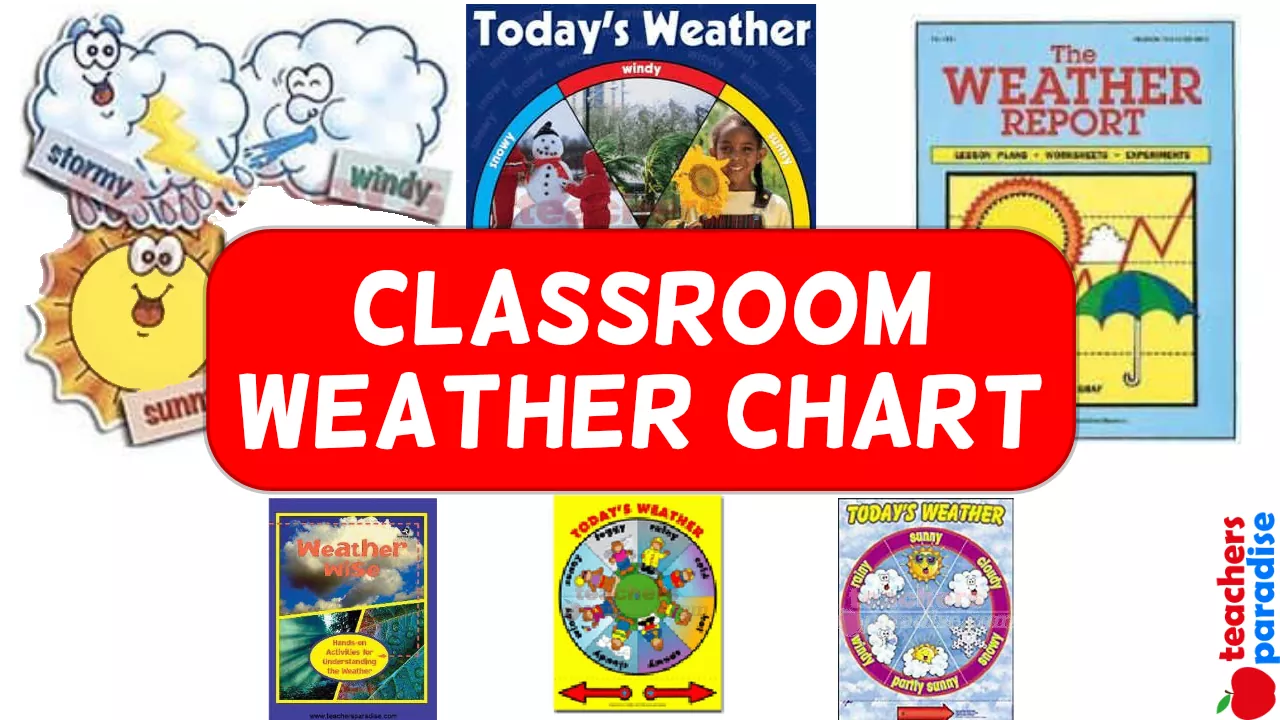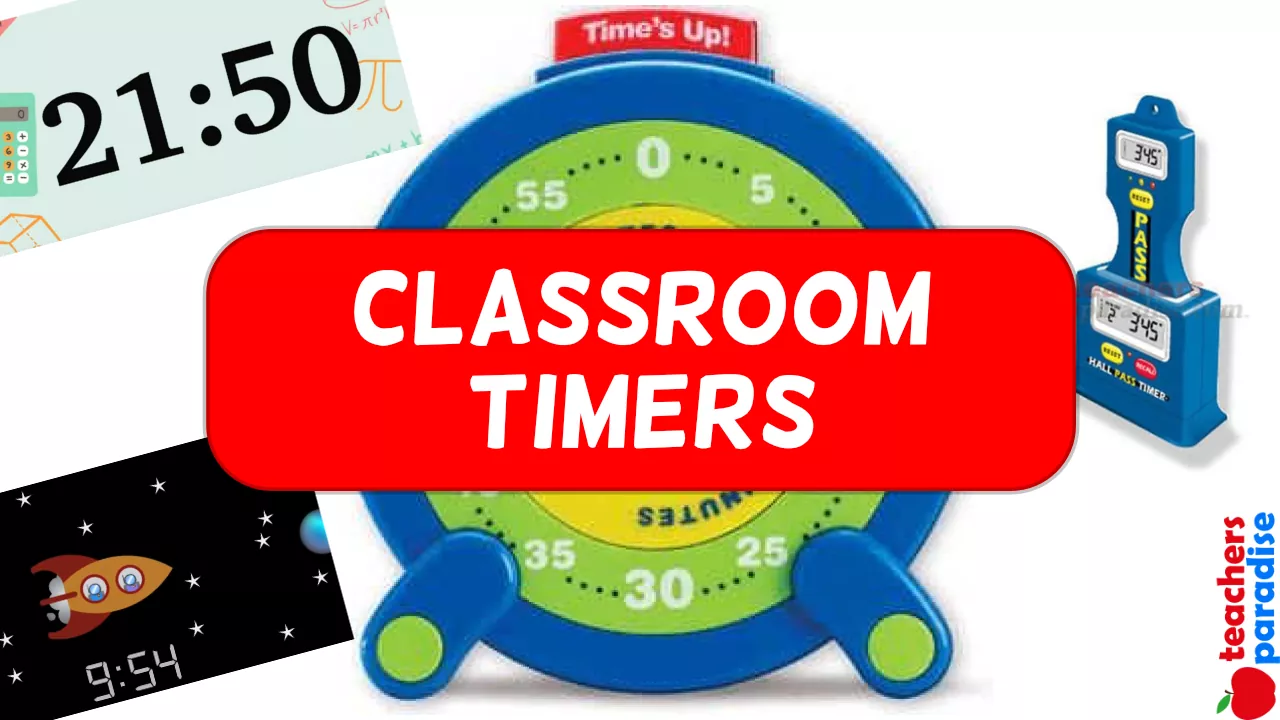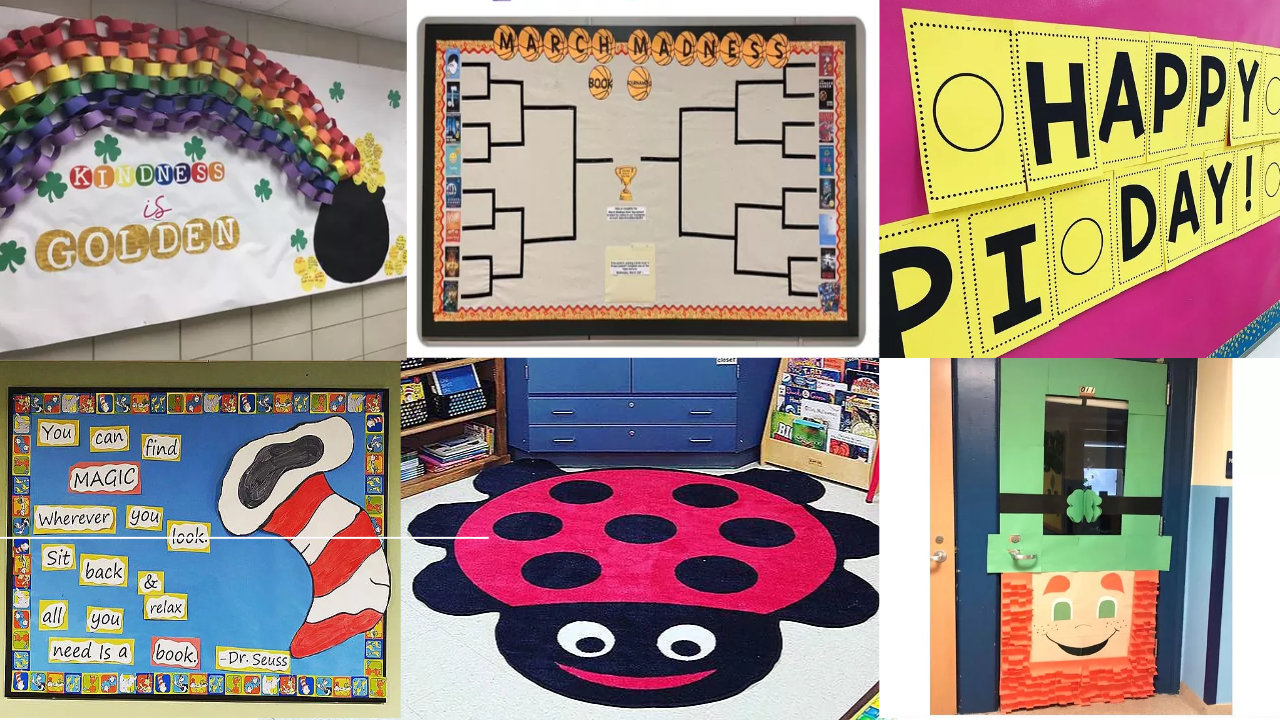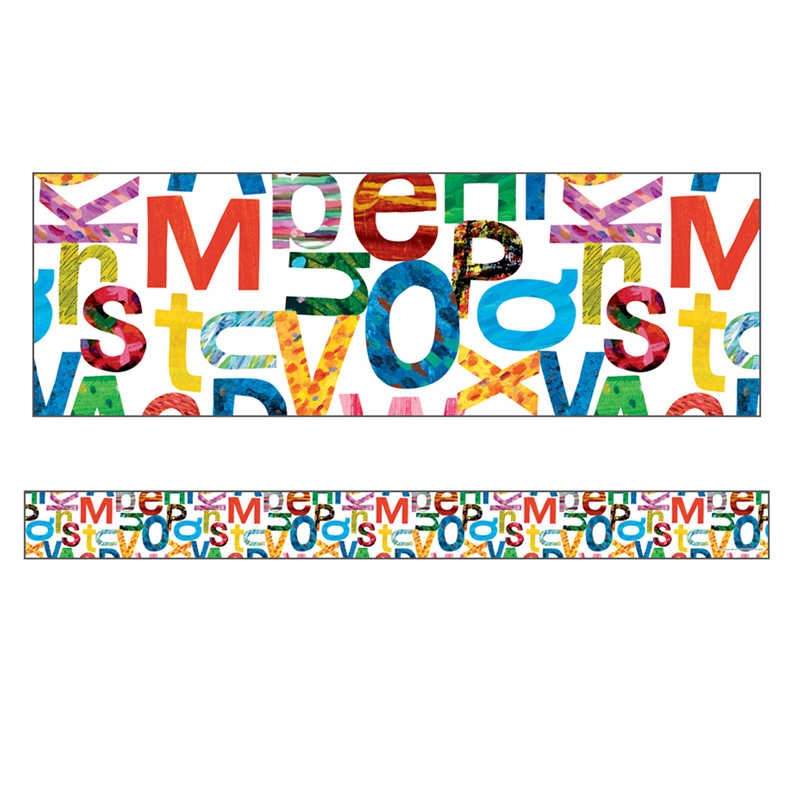Ecosystems Emergent Reader Activity
BEFORE READING
Have students preview Ecosystems by reading the chapter titles, studying the maps, and examining several photos and diagrams. Ask them to identify and share facts they learn about each ecosystem. Record the information on the board.
READING
To set a purpose for reading, ask students to read to learn about the plants and animals in each ecosystem. Use questions such as the following to guide the reading:
• What are the roles of producers, consumers, and decomposers? (Ch. 1)
• What is the difference between a deciduous forest and a coniferous forest? (Ch. 2)
• What are some of the ways desert plants get water? (Ch. 4)
• How does the weather change from summer to winter in a tundra ecosystem? (Ch. 6)
WORKSHEET & Sample PDF Activity
Sample PDF Activity
AFTER READING
Return to the information from the Before Reading activity. Have students add additional facts for each ecosystem. You may wish to distribute copies of the Comprehension Master on p. 106.
Vocabulary Activity: Group Story
Materials: glossary words
Have students use glossary words to create an oral story. One student begins by using a glossary word in a story-starting sentence. The next student adds another sentence containing a different glossary word. The group continues to add sentences using as many glossary words as possible. Encourage students to refer to the book for help with definitions.
Writing Activity: Dear Friend
Materials: none
Have pairs of students pretend they live in different ecosystems. Tell them to write letters to each other describing their ecosystem. Students should include things they like as well as things they dislike.
ESL Activity: Using Photos and Diagrams
Materials: Ecosystems
Have students look at the photos on p. 5 and point out the labels. Discuss how the photos and labels can help readers understand the text. Ask them to look in their books to find other photos with labels. Then have students look at the diagram on p. 20 and follow the same procedure.
PHONICS/WORD STUDY
Identifying Sounds of ow
Review the sounds of ow with students. Have them suggest words that contain each sound, such as cow and crow. Write the words on the board as column headings. Have students look in their books to find additional ow words and write them in the appropriate column on the board.
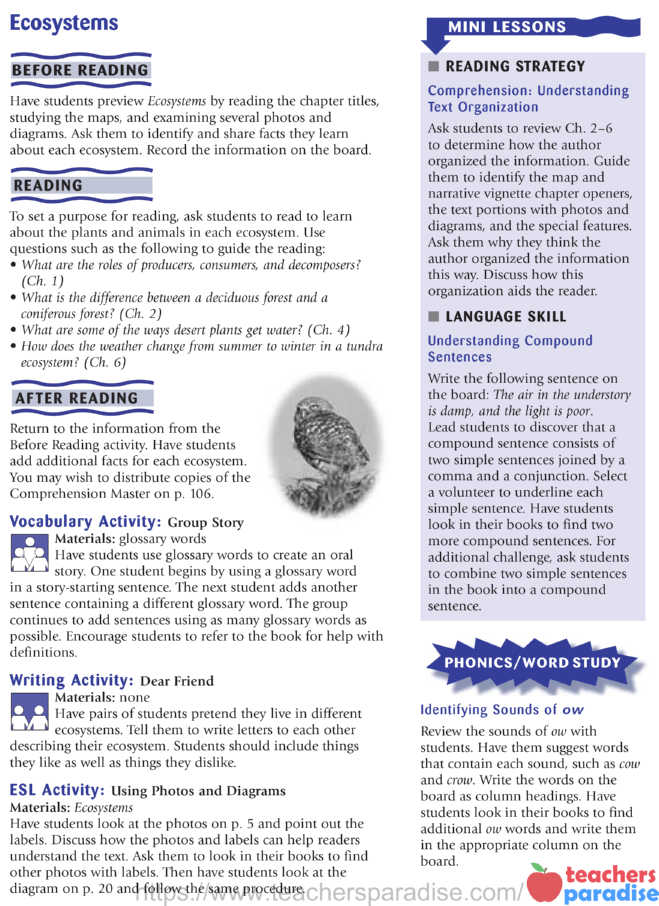
MINI LESSONS
• READING STRATEGY
Comprehension: Understanding Text Organization
Ask students to review Ch. 2–6 to determine how the author organized the information. Guide them to identify the map and narrative vignette chapter openers, the text portions with photos and diagrams, and the special features. Ask them why they think the author organized the information this way. Discuss how this organization aids the reader.
• LANGUAGE SKILL
Understanding Compound Sentences
Write the following sentence on the board: The air in the understory is damp, and the light is poor. Lead students to discover that a compound sentence consists of two simple sentences joined by a comma and a conjunction. Select a volunteer to underline each simple sentence. Have students look in their books to find two more compound sentences. For additional challenge, ask students to combine two simple sentences in the book into a compound sentence.

